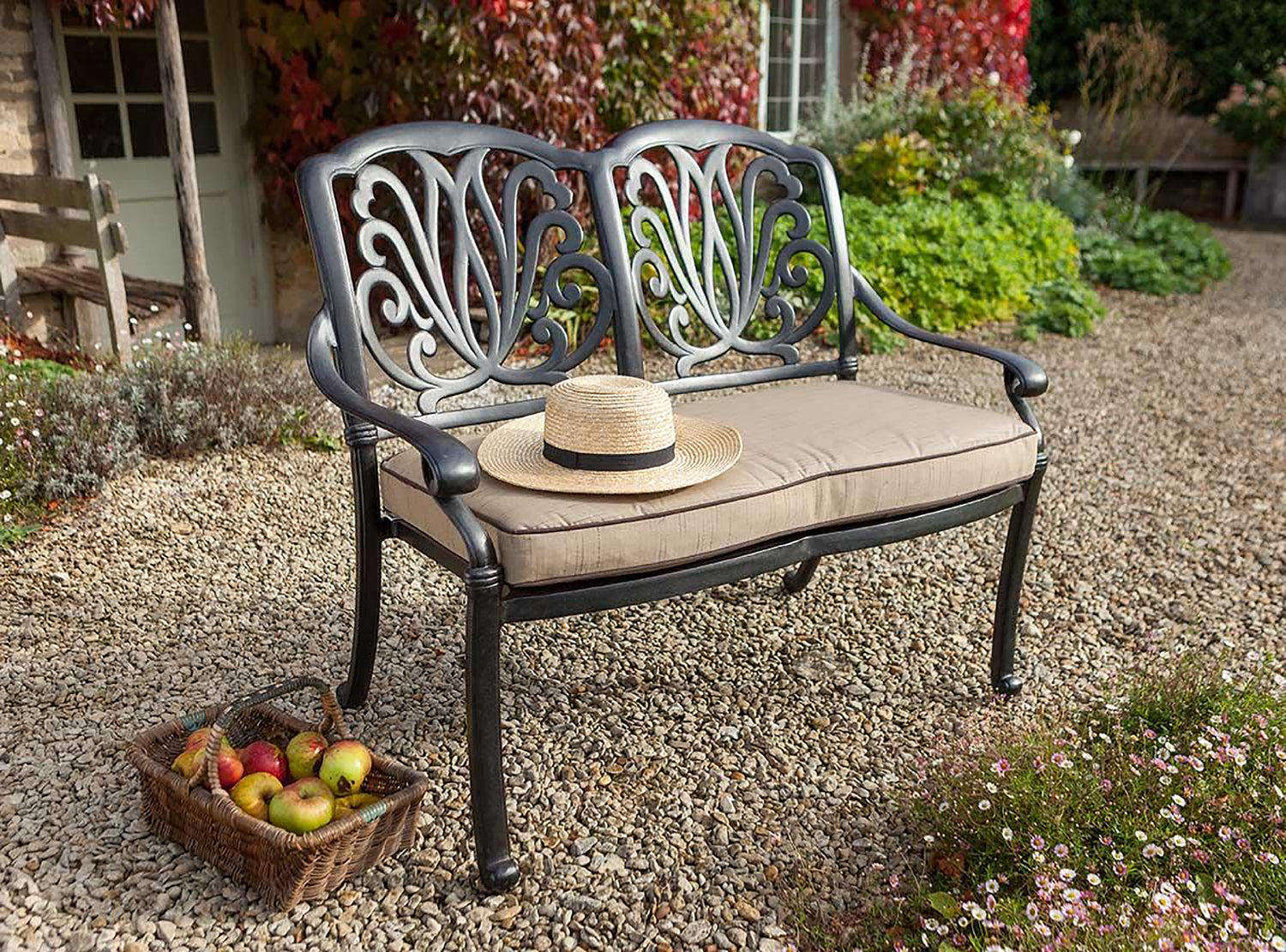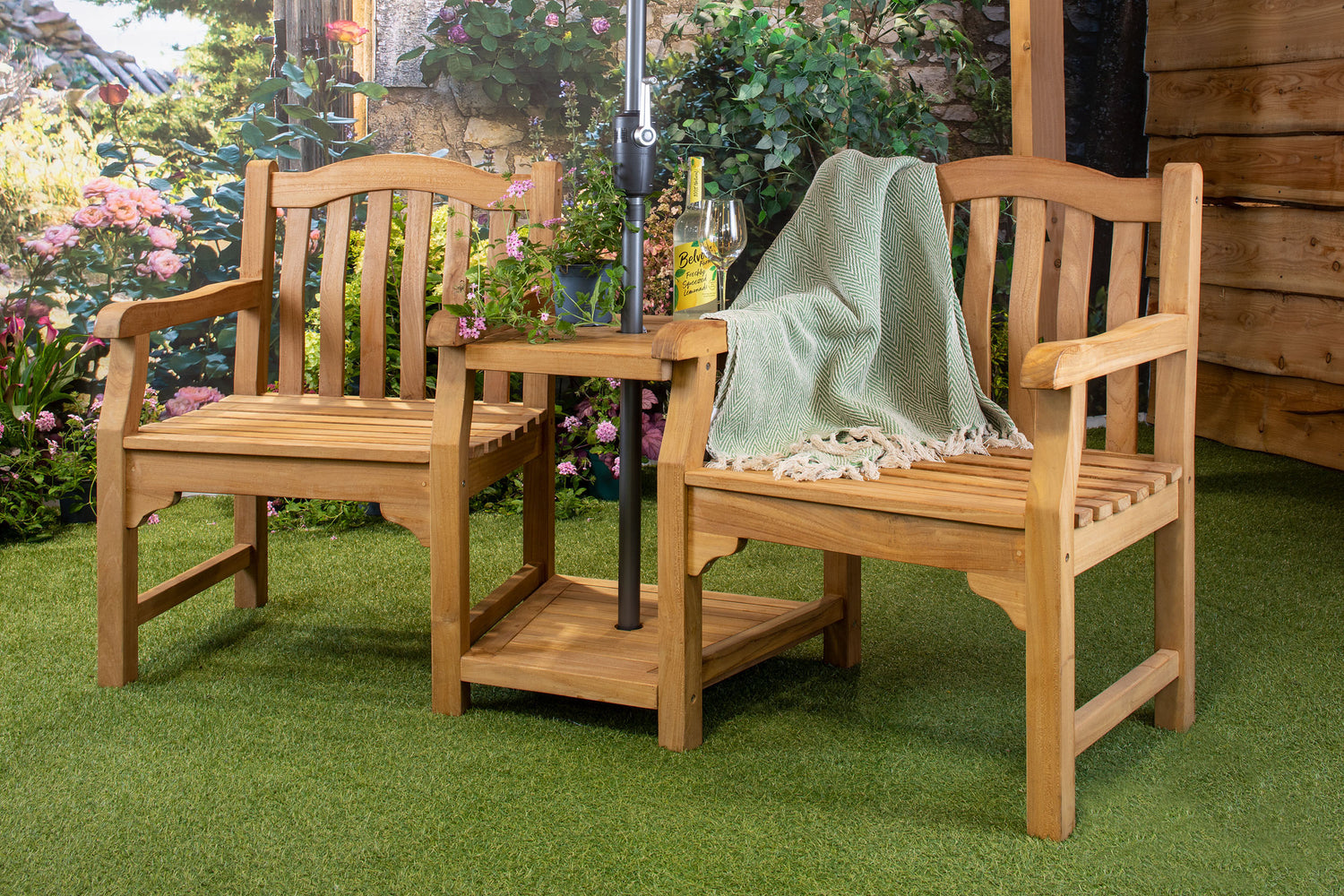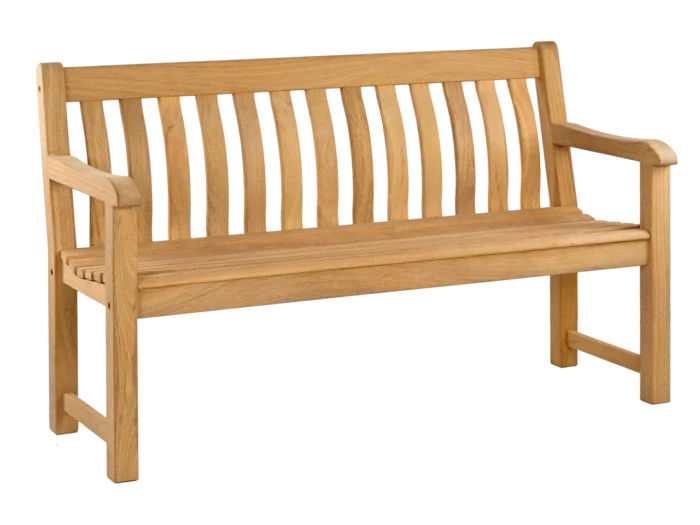Double Campernelle
Create a fragrant Spring with a pot or patch of sweet scented daffodils
For a spring scentsation plant fragrant, multi-headed daffodils this autumn and they will put on a brilliant show from Febuary until May. They smell absolutely delicious, so are best planted in pots next to the door; besides a seat where you can appreciate their aroma, when having your morning coffee or evening chill-out glass of wine, or along a well-trodden path. They are easy to plant and only require minimal aftercare.
Position
If planting in the ground they need well-drained but moisture retentive soil. If you have poor dry soil it will have to be improved with a good quality peat-free compost or garden compost. Try and avoid an overly dry position, such as under trees or along the bottom of a hedge. A heavy soil will need coarse grit adding to improve the drainage. They need a sunny site, at least 3 hours of sunshine a day.

Thalia
Planting
Plant 10cm (4”) deep. Choose plump, firm bulbs and discard any that are showing signs of mould, feel soft or which are wrinkled. If you can't plant them straight away keep them somewhere cool. When planting in the ground apply a balanced fertiliser, such as Growmore, at a rate of 70g per square metre (2oz per square yard). If planting in pots cover the hole in the bottom with broken crocks and use a good quality peat-free compost. Water after planting, make sure they don't dry out. One variety per pot usually works best as it is sometimes difficult getting several varieties to all bloom together. However if they bloom at different times it prolongs the flowering season, but they can look a bit sparse. Bulbs planted in plastic pots can be used to fill any gaps in the border; just plunge the plot into the soil and lift when they have finished flowering. If you are wanting the bulbs to naturalise in a lawn or on the edge of a woodland garden just throw them up in the air then plant where they fall. They can be forced for Christmas by planting in a pot then placing somewhere warm.
Aftercare
Deadhead regularly as letting the daffodils produce seed may impair the following years flowering. After they have finished flowering apply a high potassium feed, such as Tomorite, every 1 – 2 weeks to encourage bud formation, until the foliage has gone yellow. Don't knot the foliage or cut it off until it has gone yellow. If they have been planted to naturalise in grass make sure it is not mowed until the foliage has died back. If planted in pots make sure they are watered until the foliage has died off, as dryness can be a cause of blindness (no flowers the following year).

New Baby
Problems
Small mammals can be a problem by digging up the bulbs so it may be necessary to protect them by placing chicken wire or a lattice of thorny twigs over them, removing it when the shoots are a couple of inches tall.
Slugs and snails can be a problem when the shoots appear, so they will need protecting with environmentally friendly slug pellets.
Narcissus bulb fly can cause the leaves to become thin and grass-like or kill the plant. The bulbs will have to be dug up and inspected for larvae and damage to the bulb. There is no treatment; the bulbs must be dug up and destroyed, don't put them on the compost heap.
Narcissus eelworm causes distorted, stunted growth. Again the bulbs must be dug up, cut in half and inspected for brown rings. Any infected bulbs, plus bulbs within a radius of 1m, must be dug up and destroyed; and again not put on the compost heap.
Basal rot causes premature yellowing of the foliage and is caused by a fungus. When planting bulbs make sure they are free of any fungus, and again don't compost. As it is a soil borne fungus don't plant bulbs in an area which has been infected.
Blindness can have several causes:
- dryness after flowering; which impairs bud formation
- defoliation; cutting off the foliage before it has died back prevents the plant from making a new bud, knotting leaves also has the same effect
- seeding; not deadheading encourages the plant to put energy into producing seeds instead of a new bud
- nutrition; if the soil is exhausted, maybe by the bulbs being in the same place for years. Feed with Tomorite after flowering and top dress in spring, when the shoots appear, with Growmore at a rate of 70g per square metre (2oz per square yard)
- planting depth; if the bulbs are planted too shallow they will produce a lot of small bulbs which are too small to flower
- planting too late in autumn
- overcrowding; usually seen in clumps left to naturalise. Dig up in summer after the foliage has died back and re-plant in the autumn after improving the soil with some fresh compost and a feed of Growmore.
Recommended varieties
All the following varieties are fragrant and multi-headed:
Narcissus 'Golden Bells', flowers March/April, height 20cm (8”), each bulb has 5 – 15 flowers
'Thalia', white, flowers April, height 40cm (16”)
'Hawera', yellow, flowers March/April, height 25cm (10”), small flowered
'Double Campernelle, dark yellow, flowers March/April, height 25cm (10”)
'New Baby', yellow, flowers April, height 25cm (10”)
'Sun Disc', yellow, flowers April, height 20cm (10”)
'Silver Chimes', white, flowers March/April, height 30cm (12”)




![Kingsbury-bench-05[1].jpg](http://www.hayesgardenworld.co.uk/cdn/shop/files/Kingsbury-bench-05_5B1_5D.jpg?v=1712162737&width=1500)
![Kingsbury-bench-01[1].jpg](http://www.hayesgardenworld.co.uk/cdn/shop/files/Kingsbury-bench-01_5B1_5D.jpg?v=1712161065&width=1500)
![tw17a-4947_0[1].jpg](http://www.hayesgardenworld.co.uk/cdn/shop/files/tw17a-4947_0_5B1_5D.jpg?v=1712161495&width=1500)
![tw17a-4947_tenbury_5ft[1].jpg](http://www.hayesgardenworld.co.uk/cdn/shop/files/tw17a-4947_tenbury_5ft_5B1_5D.jpg?v=1712161172&width=1500)
![tw17a-4952_tenbury_4ft[1].jpg](http://www.hayesgardenworld.co.uk/cdn/shop/files/tw17a-4952_tenbury_4ft_5B1_5D.jpg?v=1712161034&width=1500)
![thumbnail_IMG_1565-kik_2[1].jpg](http://www.hayesgardenworld.co.uk/cdn/shop/files/thumbnail_IMG_1565-kik_2_5B1_5D.jpg?v=1712226536&width=1500)
![thumbnail_IMG_1565-kik_1[3].jpg](http://www.hayesgardenworld.co.uk/cdn/shop/files/thumbnail_IMG_1565-kik_1_5B3_5D.jpg?v=1712159637&width=1500)



![WD-XgESA[1].jpeg](http://www.hayesgardenworld.co.uk/cdn/shop/files/WD-XgESA_5B1_5D.jpg?v=1712159609&width=1500)